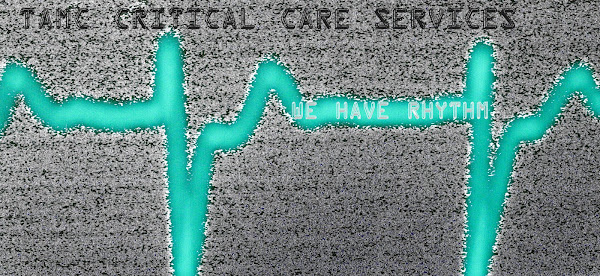Nebulized Heparin in Mechanically Ventilated Patients
Gregory S. Martin, MD, MSc
Authors and Disclosures
Posted: 11/16/2010
$(document).ready(function() {adexGet('/ratetopcontent?contentId=732196','adexratethiscontainertop','autoloadwait1',undefined,handleFetchRatingTop);});
Nurse Rating:
( 0 Votes )
Rate This Article:
Print This
Email this
Share
Facebook Twitter
processing....
Nebulized Heparin Is Associated With Fewer Days of Mechanical Ventilation in Critically Ill Patients: A Randomized Controlled Trial
Dixon B, Schultz MJ, Smith R, Fink JB, Santamaria JD, Campbell DJCrit Care. 2010;14:R180
Study Summary
Ventilator-induced lung injury (VILI) is an important and relatively common condition among mechanically ventilated patients. Dixon and associates sought to determine if nebulized heparin might improve lung function by reducing pulmonary inflammation and fibrin deposition. This may be particularly important in patients most likely to develop VILI, such as those who require prolonged mechanical ventilation.
The investigators randomly assigned 50 patients who were expected to require mechanical ventilation for > 48 hours to receive either nebulized heparin (25,000 U) or placebo (normal saline) every 4 or 6 hours, depending on patient height, for a maximum of 14 days while mechanically ventilated. They found that nebulized heparin was not associated with any adverse events and did not improve oxygenation. There was no difference in survival, but patients treated with nebulized heparin had more days alive and free of mechanical ventilation (ventilator-free days at day 28: 22.6 vs 18.0, P = .02). On the basis of these results, the investigators concluded that nebulized heparin is associated with fewer days of mechanical ventilation in critically ill patients expected to require prolonged mechanical ventilation, and further trials are required to confirm these findings.
Viewpoint
This randomized clinical trial suggests that nebulized heparin may benefit critically ill mechanically ventilated patients. There are certainly other reports of potentially beneficial effects of anticoagulation in critically ill patients, including the US Food and Drug Administration-approved drug recombinant human activated protein C used to treat severe sepsis. Moreover, heparin use has specifically been associated with improved outcomes in critically ill patients with septic shock. However, little or no data have demonstrated the efficacy of nebulized heparin for mechanically ventilated patients. Although the novelty of this study makes the findings exciting, it also raises more questions about validity and clinical application. At present, there is no reason to be administering nebulized heparin to critically ill patients. As Dixon and associates conclude, these findings require replication to ensure their accuracy. While we wait for more data, how might we judge the veracity of the findings? Could nebulized heparin have truly reduced the duration of mechanical ventilation? One method is to apply specific criteria to strengthen the hopeful cause-and-effect association:
There is a clear temporal relationship, as always in a prospective treatment trial, between the intervention and the outcome;
The strength of the association is reasonably strong, with a 4.6-day (21%) reduction in the duration of mechanical ventilation;
There is biologic plausibility, with mechanistic considerations;
Pre-existing data suggest benefits in other populations;
In a randomized, controlled trial, few other (confounding) variables explain these findings;
No dose-response testing was done to strengthen the relationship; and
Findings have less coherence to existing paradigms on methods to shorten the duration of mechanical ventilation.
Kudos to the investigators for exploring this new world and opening the door to a potential new therapy!
Abstract

